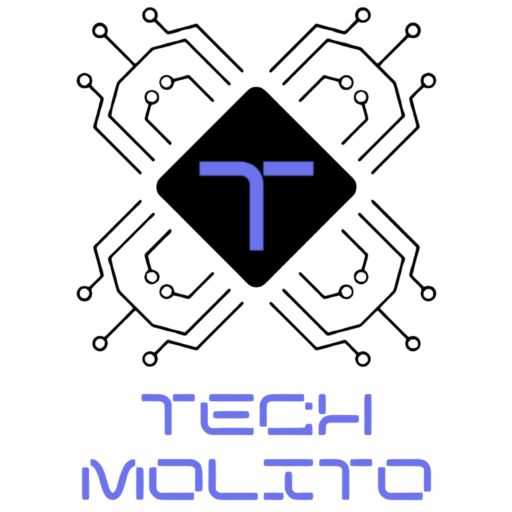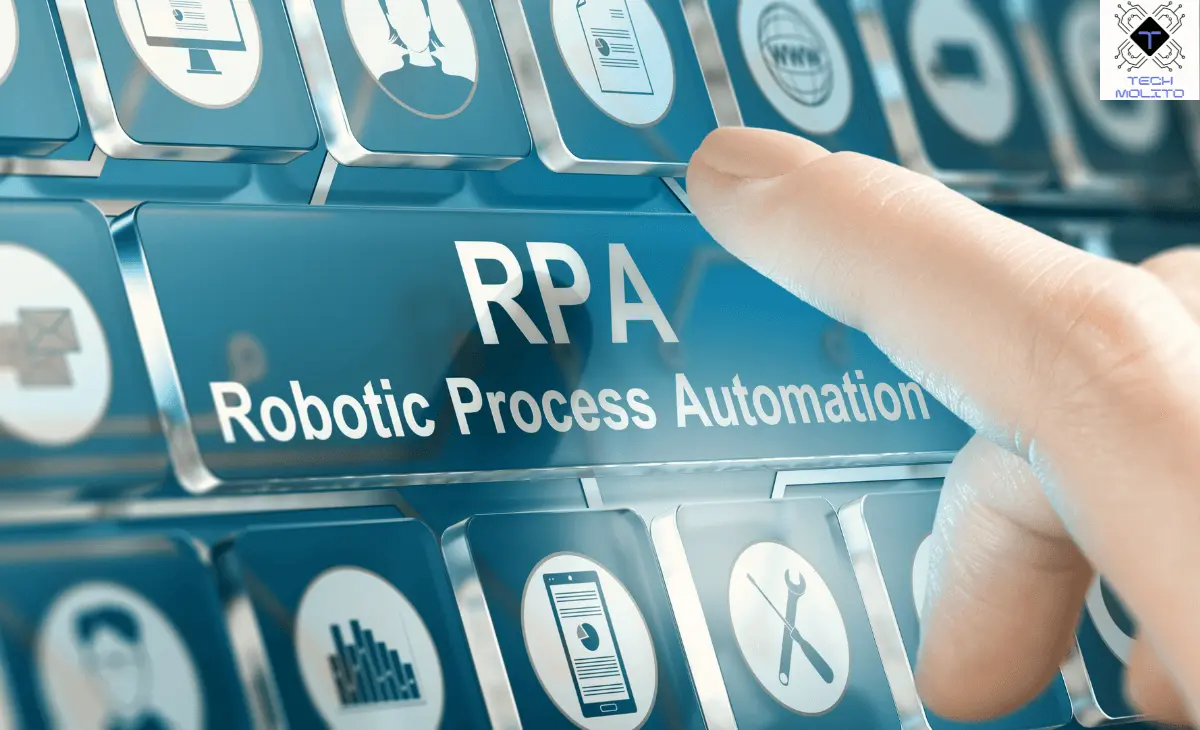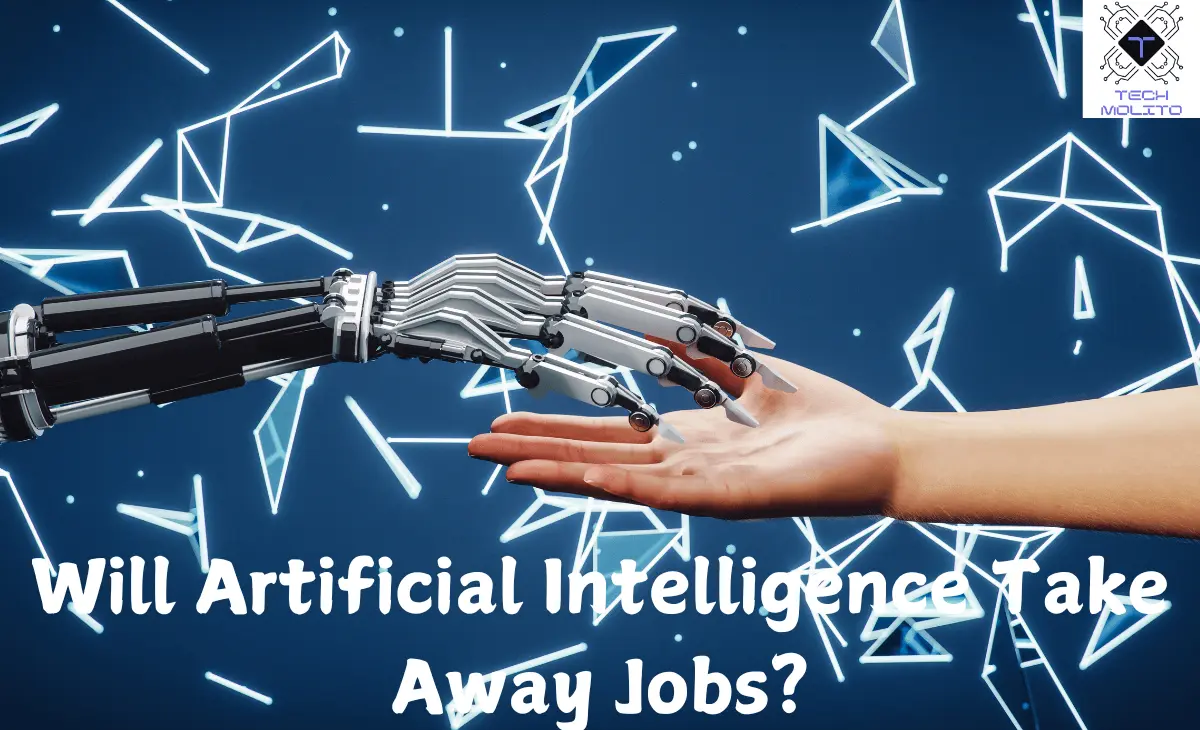In today’s fast-moving world, industries are changing fast. One of the key drivers of this change is tech. Among the most ground-breaking techs is computer vision. It’s not just a buzzword now. Computer vision apps are changing many fields. From health care to stores, fields are seeing the benefits.
This post will dive into how computer vision is shaping the future. We’ll look at different fields, real-world uses, and what’s ahead. You’ll also see how this tech is fixing real issues. Let’s explore!
What is Computer Vision?
Before we explore its uses let’s break down what computer vision means. In short it’s part of artificial intelligence or AI. The goal is to make machines see and understand images. This tech helps computers study pictures and videos.
Through smart methods computers can find objects in images see patterns and understand picture data just like the human eye. However unlike humans computers can quickly look at thousands of images which makes this tech useful in many fields.
Industries Struggle with Slowness
Fields today face many problems. One big one is slowness. Manual steps take time. People can make mistakes. Whether it’s finding bad products or watching for safety, these tasks are slow. Errors lead to loss of time and cash. Many fields struggle to keep up with the need for more accuracy.
Old Methods Aren’t Enough
Old methods depend on human judgment. This leads to slips. For example, in the making field, quality control often relies on workers. They might miss defects in products. In health care, medical scans are key, but errors in diagnosis can occur. Without better ways, mistakes will happen.
Computer Vision Applications Saves Time and Boosts Accuracy
Computer vision gives a smart fix. It swaps manual checks with automatic systems. These systems find defects, study images, and spot problems. The accuracy is sharp, and it works at a much faster pace than humans can. Let’s see how computer vision applications are changing fields.
Computer Vision in Health Care
Health care is one of the biggest winners of computer vision tech. Its role here is life-saving. Doctors use computer vision to study medical images. CT scans, MRIs, and X-rays can now be handled by AI. This lowers the risk of misdiagnosis and speeds up care.

Making and Quality Control
Manufacturing has welcomed computer vision in many areas mainly for quality control. Imagine making thousands of products each hour. Checking each one for flaws is slow and hard. But with computer vision machines can do this work. Cameras check each item and AI systems spot flaws in real time.
This leads to many benefits. The speed of checking products goes up as items are reviewed much faster than by people. The accuracy also gets better as flaws are caught more reliably. Cost savings come from having fewer flawed products reach the market which boosts profits.
Retail: Making Shopping Better
In stores computer vision is enhancing customer service. For example Amazon Go stores use computer vision for cashier-free shopping. Cameras and AI track what shoppers take off shelves letting payments happen automatically when they leave.
There are more uses in retail. Stores can gain insights by tracking shoppers’ moves to learn their habits. Stock management improves as automatic systems check stock by seeing items on shelves. This tech helps stores reduce mistakes and give shoppers a better experience.
Transport and Self-Driving Cars
Self-driving cars may be one of the most exciting uses of computer vision but this tech is not just for cars. It also helps with traffic monitoring improving safety and cutting jams. Cameras on roads or in cars study traffic patterns. Key gains for transport include self-driving cars which use computer vision to find objects and guide the vehicle.
Traffic monitoring benefits from AI that manages live data and helps with flow. Real-time monitoring aids in accident prevention by warning drivers of risks. Self-driving cars use this data to see the road pedestrians and other vehicles making roads safer.
Farming: Watching Crops and Animals
Farming may seem like an odd place for high-tech answers but it’s becoming common. Farmers are using computer vision to watch crops and animals. Drones with AI and cameras fly over fields checking the health of crops and finding diseases early.
Uses in farming include crop watching where drones give a bird’s-eye view of fields. Yield prediction happens as AI estimates crop yields based on real-time data. Computer vision also helps farmers keep track of their animals’ health. With this tech farmers can work smarter and cut down on waste.
Security and Watching
In today’s world safety is key. Computer vision is changing how security systems work. Whether through security cameras or facial recognition AI helps find and track risks. This tech is useful for both private firms and the public.
Common uses in security include facial recognition which spots people entering secure areas. Risk detection comes from cameras that study moves to spot strange behavior. Access control improves as entry systems in buildings become automated.
Finance: Stopping Fraud
Fraud detection in finance is getting smarter. Computer vision helps banks and finance firms spot strange transactions. For example it can find fake IDs in the system using facial recognition.
The benefits of using computer vision in finance include fraud prevention where AI can detect fake IDs or altered images. Customer verification systems can check clients faster during sign-up. The speed and precision of these systems help cut fraud and protect customers.
FAQs
1. What is computer vision used for?
Computer vision lets machines read and understand images and videos. It’s used for tasks like object finding, pattern reading, and quality checks.
2. How is computer vision changing industries?
It’s automating tasks, making things more accurate, and saving time. Fields like health care, stores, and transport are using it to fix problems faster.
3. Can computer vision be used in small firms?
Yes, even small firms can use computer vision. For instance, stores can use it to track stock or shopper behavior.
4. Is computer vision costly?
The cost of computer vision systems can vary. However, many solutions are now more affordable, making it easy for more firms to use.
Conclusion
As seen, computer vision is changing how fields work. From health care to stores, it’s making firms more fast and accurate. The best part? We’re just getting started. As tech grows, computer vision will keep opening new doors.
Fields that use this tech will stay ahead of the game. Whether it’s giving customers a better time or stopping costly mistakes, computer vision is the future. Embracing it now means enjoying its rewards for years to come.





